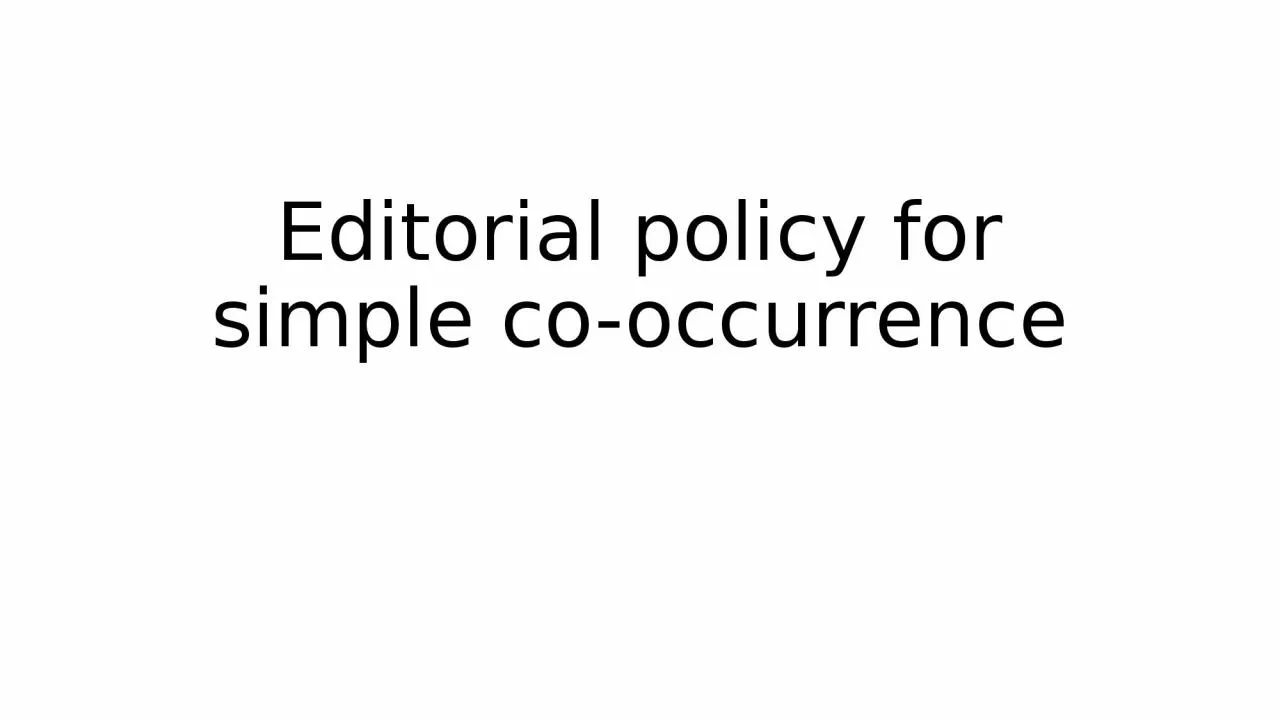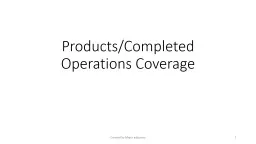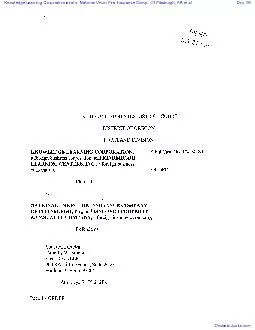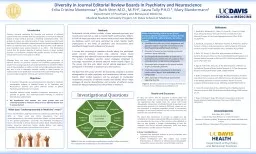PPT-Editorial policy for simple co-occurrence
Author : jacey | Published Date : 2023-11-19
Simple cooccurrence A statement consisting of more than one clinical finding or disorder occurring at the same time represented as separate isA relationships to
Presentation Embed Code
Download Presentation
Download Presentation The PPT/PDF document "Editorial policy for simple co-occurrenc..." is the property of its rightful owner. Permission is granted to download and print the materials on this website for personal, non-commercial use only, and to display it on your personal computer provided you do not modify the materials and that you retain all copyright notices contained in the materials. By downloading content from our website, you accept the terms of this agreement.
Editorial policy for simple co-occurrence: Transcript
Download Rules Of Document
"Editorial policy for simple co-occurrence"The content belongs to its owner. You may download and print it for personal use, without modification, and keep all copyright notices. By downloading, you agree to these terms.
Related Documents














